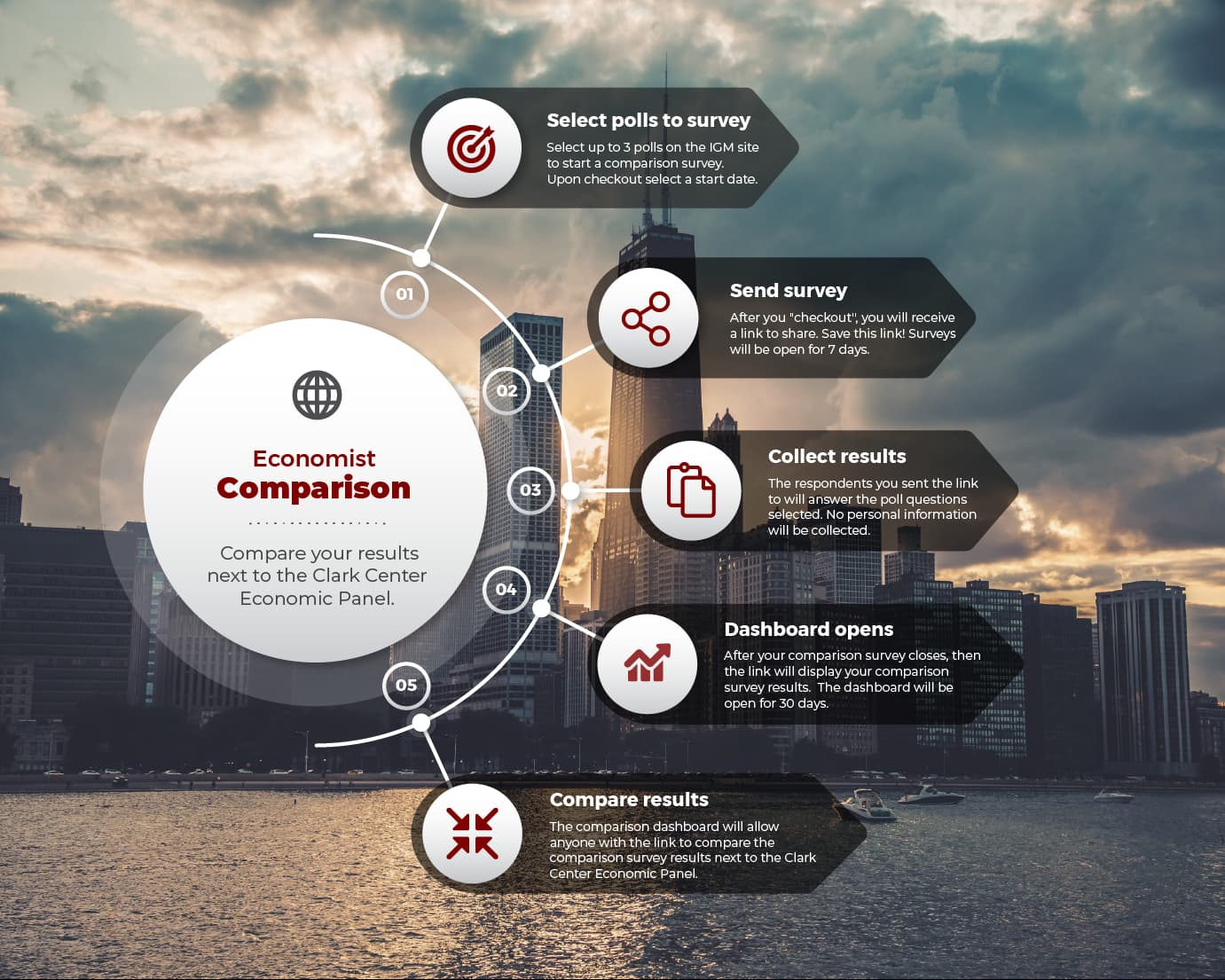A few weeks ago, my eldest child made the all too easy mistake of casually asking me “why doesn’t Britain use the Euro?” It would, as she noted, make holidaying in Spain much more straightforward. Twenty minutes later, and after an impromptu tutorial on monetary policy and the business cycle, she presumably regretted asking.
Prompted by the Single Currency’s 25th anniversary, rather than my eleven year old’s question, the Clark Center’s European Experts Panel this week turned its attention to the European Monetary Union.
On the 1st January 1999, eleven European Union member states fixed their exchange rates, entrusted their monetary policy to the new European Central Bank (ECB), and launched the Euro onto the world’s financial markets. Three years later, in 2002, citizens of the by-then twelve countries signed up to the monetary union changed over their physical notes and coins in the largest monetary changeover the world has ever seen.
More than two decades later, twenty countries now use the Euro and, by many measures, the currency has been a success. Each year the ECB releases an update on the international role of the currency and the latest edition showed that, as of the end of 2022, the Euro accounted for just over 20% of global foreign exchange reserves, a similar share to that at the time of its launch. Whilst still dwarfed by the international role of the dollar, the Euro remains the secondary global currency used in international trade, finance, and cross-border lending.
But if the Euro has managed to carve out an international role, its domestic impacts within the Eurozone remain a matter of dispute. The fear of many was always that the move towards monetary union in the 1990s was driven as much by political as economic factors and that the supposed benefits of a common currency could be, in some cases, more than offset by the loss of monetary policy independence.
More generally the move to monetary union ran well ahead of efforts to coordinate fiscal policies or ahead of unifying the underlying banking and financial system. The fretting about the future of the Euro, at the time of its launch, took on many forms. Some worried that the single currency would eventually give rise to a transfer union with taxpayers in the richer member states subsidizing those in the zone’s poorer areas. Others focussed on the fear of asymmetric economic shocks and whether a ‘one size fits all’ monetary policy would be able to come. Yet others worried that with the possibility of an external devaluation, via a depreciation of a state’s currency, removed then countries might at times be forced into painful internal depreciations to bring price and wage levels.
Some of these objections were on firmer ground than others. Removing the possibility of external depreciation, for example, was a feature not of the bug system. The extent of exchange rate flexibility before 1999 can be overstated anyway, as the European Monetary System, in place from 1979 to 1999, had sought to prevent large fluctuations in the values of European currencies. Even when depreciation was used as an active tool of macro-policy the results tended to be at best mixed. A study by Bruegal, an economics think tank, in 2017 found that the more than 50% devaluation of the Italian Lira, relative to the German Deutschmark, over the twenty years before the introduction of the Euro brought little in the way of real gains for the Italian economy.
Rather unexpectedly the biggest crisis the single currency has faced, the European debt crisis of circa 2009 to 2015, was less to do with asymmetric economic shocks or diverging national business cycles and can be better characterized as an old fashioned balance of payments crisis. After the credit boom of the late 1990s and early 2000s, capital flows across the member states were deeply out of kilter; many states were left vulnerable to a sudden stop in capital inflows.
Whilst the economic pain, especially in Greece, was extreme the currency as a whole survived the shocks.
Twenty five years on from the currency’s birth the panel assessed two related issues – has the existence of the Euro made Europe’s economic growth, as a whole, measurably better, and has membership of the single currency made it substantially more difficult for member-states to respond to country specific shocks?
The results for the second question are not especially surprising. Weighted by confidence, most experts agreed that a one-size-fits-all monetary policy does indeed make responding to potentially divergent economic shocks trickier. But when it comes to the health of the zone as a whole, the results were equally decisive. A strong majority of the panelists, weighted by confidence, agreed that the European economic growth had been measurably higher than it would have been over the previous quarter century in the absence of the single currency.
Dealing with counterfactuals is never easy, but it is not hard to see how the already painful fall-out from the financial crisis of 2007-09 or the pandemic and energy price shocks of 2020-2023 could have been exacerbated by competitive devaluations and beggar-thy-neighbor policies.
Twenty-five years on, and after some extreme growing pains, the Euro is here to stay. The existential angst about the currency’s future that marked 2012-2015 has faded. And in the view of the experts it has proved to be a success.

